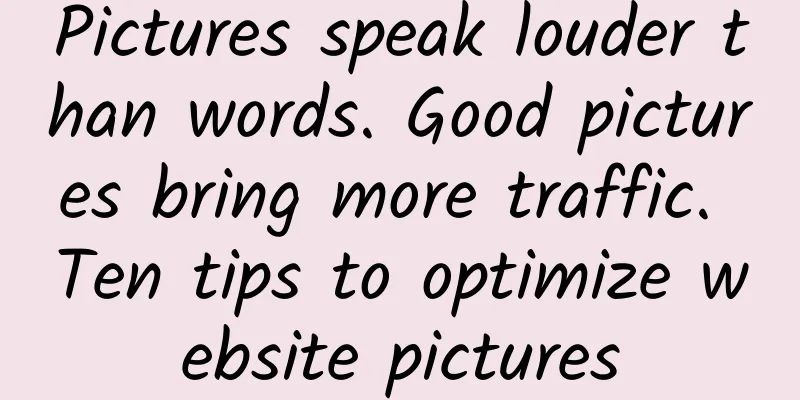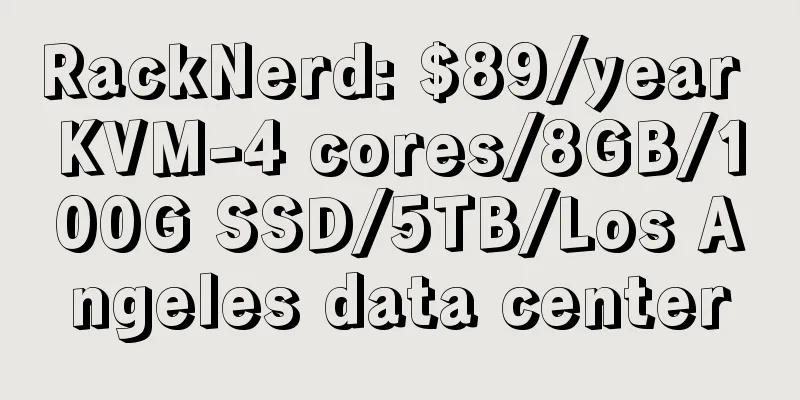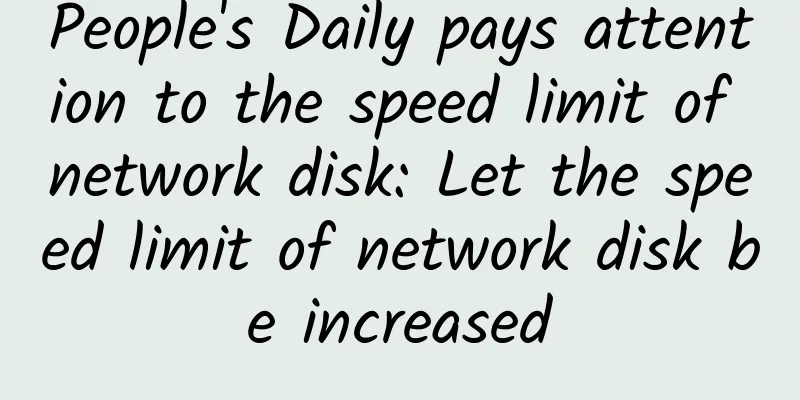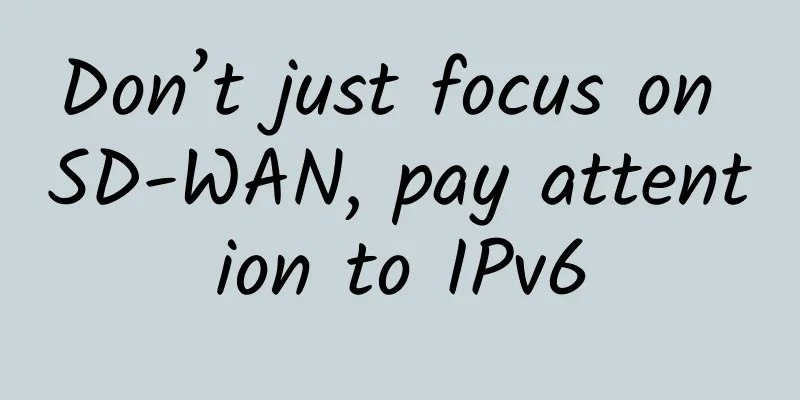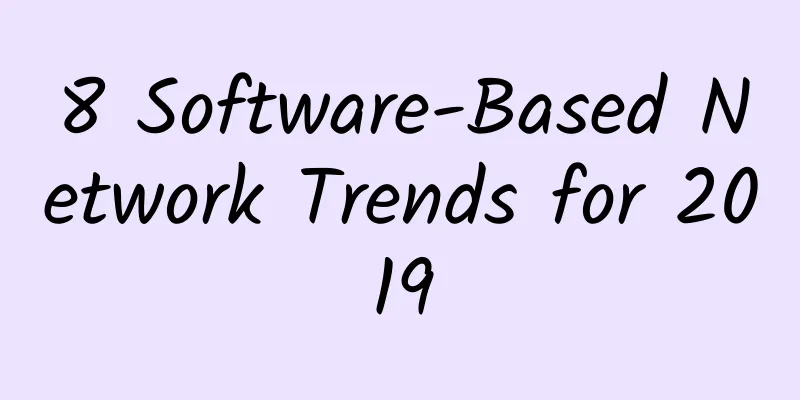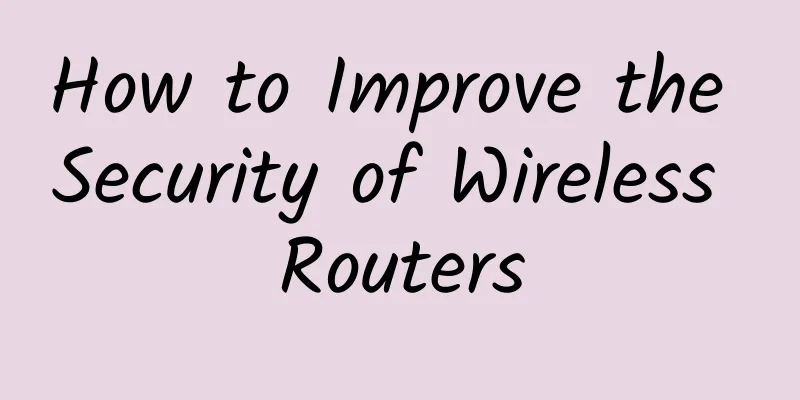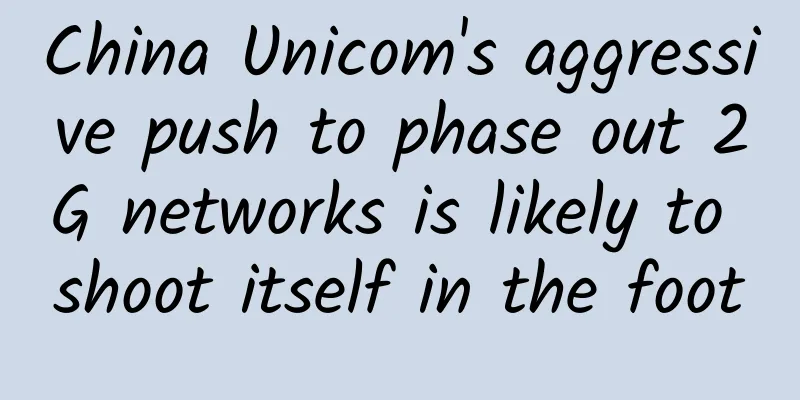|
【51CTO.com Quick Translation】 For any e-commerce website, image optimization is an essential part. Images have a great influence on consumers and netizens, and optimizing images is an art in online stores. The clarity, attractiveness, and loading time of images will directly affect your users. Here we will introduce some tips for optimizing images, hoping to help you in terms of image selection, processing, SEO optimization, etc.
1. Describe your images in plain language [[192798]]
Whenever you publish images on your website, you can’t do without SEO. You have to understand user habits so that they can search for your products smoothly. When it comes to SEO, using keywords in search engines can help improve your website ranking. That’s why using descriptive names and using the right keywords will help your image optimization. Search engines can not only crawl the text on your website but also read the keywords in the file name. A good website developer will name the images with names that are easy for shoppers to search.
2. Optimize images according to website requirements
The size of the website images directly affects the speed of web page opening. You know, not all users have the patience to wait for the slow loading of images, so don't worry too much about the quality of the images, try to reduce the format of the images. There are many ways to reduce the size of images. We recommend that you use the online compression tool TinyPNGpr to process JPEG images. With this tool, you can upload your images with confidence, and this tool will take care of everything for you.
3. Choose the right pictures
Choosing the right images for your website is crucial. This is one of the secrets to any successful website development. You can use the reliable Flickr.com website, where there is a wide range of optional images and formats, and I believe it will definitely meet your needs. On such a website, you can find any image you need and download it legally.
4. Integrate with social media
Social media SEO is very important. Social media can help you reach your audience more easily. If you want to integrate your images into social platforms, don't forget to add social media sharing buttons on your website. Then, encourage your users to share these pictures. Maybe you need to add sharing buttons for each picture. Don't be bothered.
5. Add more small pictures
Thumbnails should be as small as possible to increase the speed of web page opening. To do this, you should resize the image and use the correct image compression level. You can use Photoshop or some free image processing tools. PicMonkey and Pixlr are very useful now.
6. Choose the right image format
[[192802]]
It is very important for you to find the right image format to suit your use. At present, we have three commonly used image formats, namely GIF, PNG and JPEG. JPEG is the most commonly used image format today. Since it compresses the image relatively heavily, it may affect the quality of the image, but this also depends on your settings. GIF is a format used for simple art and animation. It can support 256 colors, but it is not recommended for photorealistic images. PNG is a newer format and can be a good alternative to the above two formats. It supports transparency and a better color range. It is also the youngest of the three formats and may not be easily supported by widespread applications.
7. Use search engine crawling rules
[[192803]]
Sometimes search engines will also help you optimize images. For example, Google has prepared image publishing guidelines for users. After images are optimized, they are easier to be crawled by search engines. Whenever you doubt whether your images are the best for your web page, you can consult these image processing guidelines. In Google's guidelines, you can find many small ways to process images. These detailed information and various tips can help you use images better and even better SEO.
8. Optimize your ALT text
ALT text (Alternative Text) is used to highlight the identity of an image when you hover over it with your mouse cursor. It will be displayed as text to all users whenever there is a problem rendering the image. This text will tell Google and other search engines what the image is about, so it can help you a lot in terms of SEO.
9. Forget about third-party image hosting
[[192804]]
Recently, image hosting services have become very popular, and you can even upload images to the hosting server. This is very good for many developers, and it means saving a lot of space and bandwidth. However, if these servers encounter a large impact of traffic, they may delete or block your images, and eventually your website images cannot be opened. Therefore, we do not recommend you to use this third-party image hosting service.
10. Create a sitemap for your images
[[192805]]
Like the other methods, creating a sitemap is a good way to add search information for your images. This will make it easier for search engines to crawl your images, even those that are loaded with JavaScript code. If you've already created a sitemap for your website, you can add image information to it, or you can create a separate sitemap for your images. Thankfully, creating a sitemap is easy.
In summary, images are an important aspect of enhancing the value of your website. There are many methods and tips you should keep in mind. Choose the right images and make sure they can improve your SEO and not increase the loading time of your website. The ten methods we mentioned can help you use images well, and then help your website get better traffic and user experience.
Translated by Liu Nina
Original link: http://codecondo.com/10-ways-to-optimize-images-on-your-website/
[Translated by 51CTO. Please indicate the original translator and source as 51CTO.com when reprinting on partner sites] | 